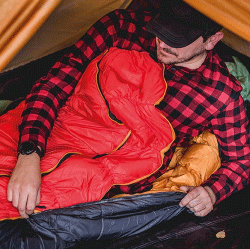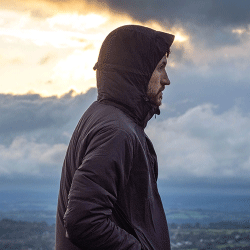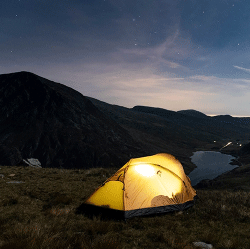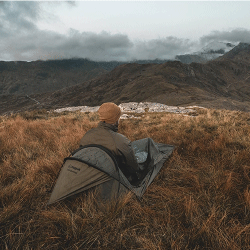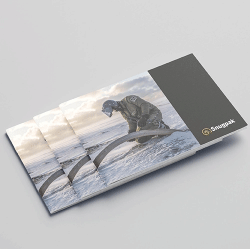

Layering: How To Dress For Winter Outdoor Activities And Expeditions
Most people know that layering your clothes keeps you warm in most adverse conditions but how does it work and what’s the best strategy?
Simply put, layering your clothes in the right way can create a microclimate that surrounds your body and can protect you from rain and varying temperatures. We usually say three layers is the right strategy – not too many to take off if warm and not to bulky either. These include a base layer, middle layer and outer layer.
Base layer:
The most important layer is the innermost layer, or base layer. The inner-most layer is key because it’s in direct contact with your skin. Base layers should transport moisture away from the skin and disperse it to the air or outer layers where it can evaporate. Water is a good heat conductor and damp garments draw precious heat away from your body. The base layer should be snug but not constrict your movement.
Base layers are available in light, medium, and heavy weights. Light layers suit aerobic activity where sweat dispersal is paramount. Mid weight provides moisture control and insulation for stop-and-go activities. Heavy layers are best in very cold conditions, or when you’re relatively inactive.
Middle layer:
The next layer is the middle layer. The mid-layer provides insulation and continues the transportation of moisture from the inner layer. This layer must be capable of retaining the warmth generated by your body but also have features such as pit zippers and full-length front zippers allowing venting. This layer should also fit well but not restrain movement.
Outer layer:
The third layer, or outer layer, is there to protect you and your mid layers from the elements and should allow air to circulate and excess moisture to escape. The selection of the outer layer will depend on conditions. In dry conditions, then a breathable uncoated layer is fine. In wet conditions then a waterproof, breathable rain jacket should be worn.

